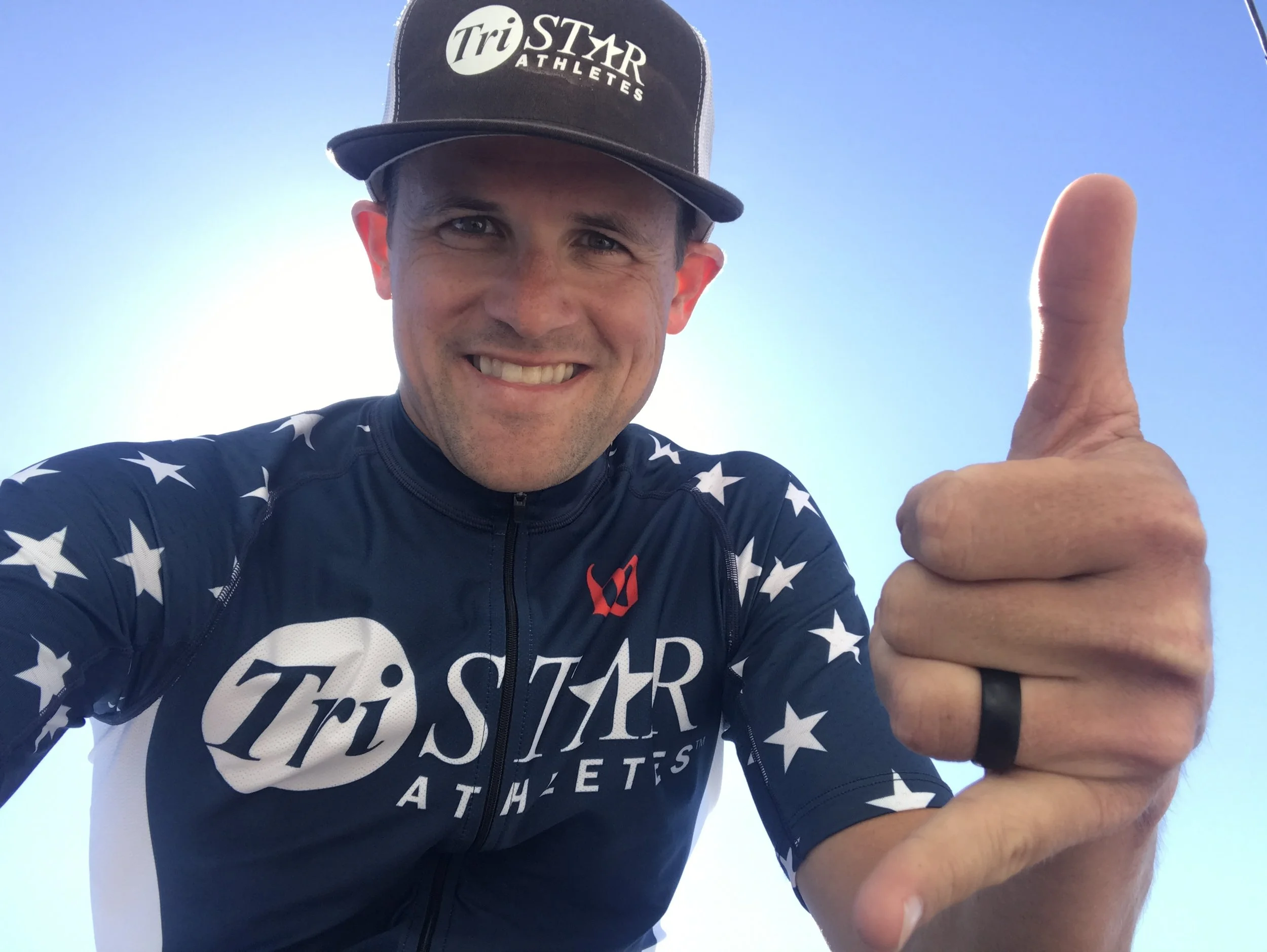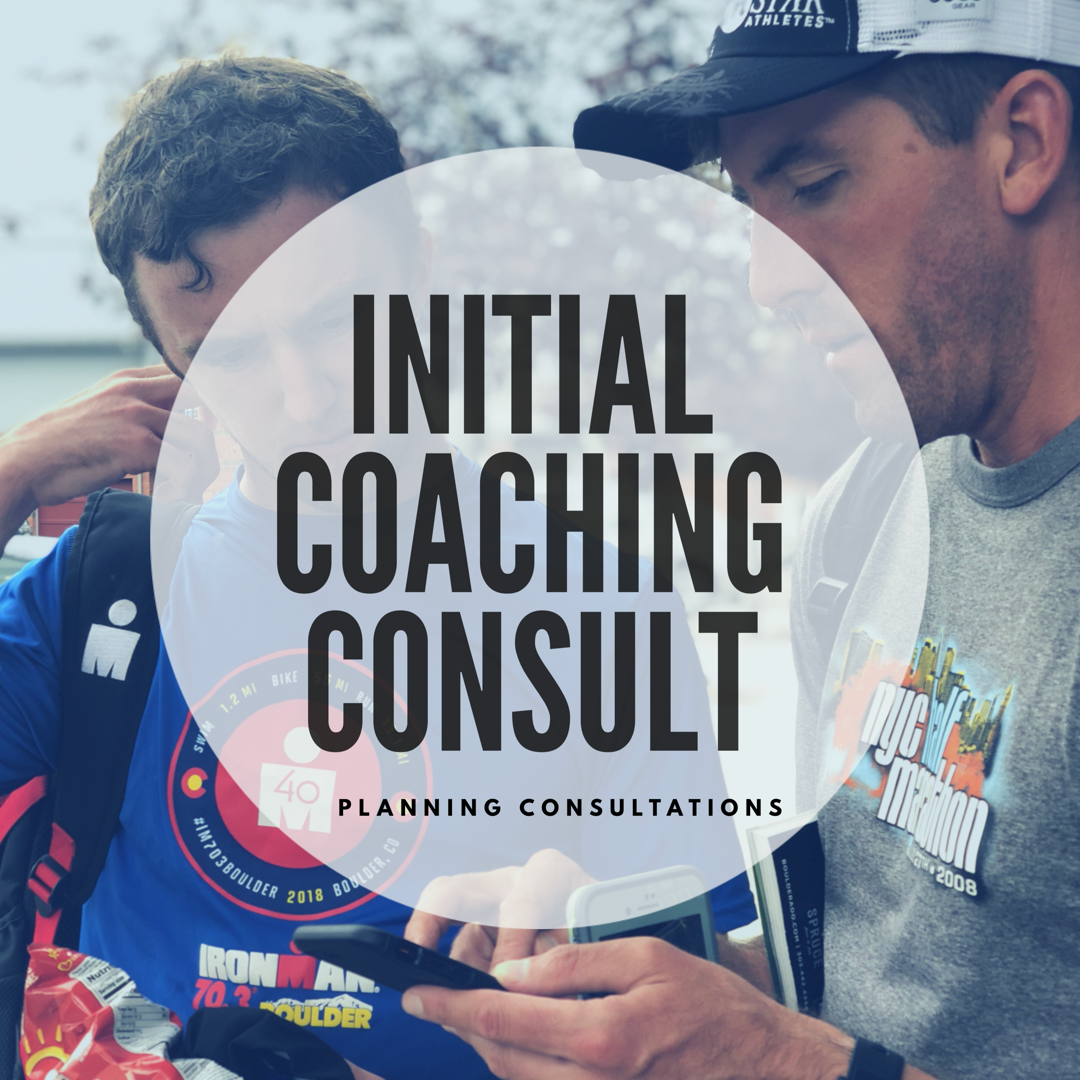FOR COLD WATER TEMPS BETWEEN 62-70 DEGREES
Maintain a good body core temperature prior to your swim; when you first wake up in the morning your core temperature is at its lowest. If it is too low you will need to warm yourself up. Normally, you are comfortable at this current temperature but this will be the starting temp that you take into the water. If the water is very cold it is critical to warm it up in the following ways..
Layer up early with warm clothes
Wear a winter hat
Put your wetsuit on 60min prior or more if you will be standing outside.
Wear a sweatshirt over your wetsuit once it is on.
Try not to stand in a windy exposed area prior to your swim start
For swim race warm ups, time it as close to race start as possible to avoid standing on shore prior to your wave start. Standing wet and cold will lower your core temperature even further.
Swim cap/s: Double up with a latex swim cap or purchase a neoprene swim cap to keep the head extra warm. This alone can make the difference in a cold water swim.
Note that how long you will last in cold water depends upon your training level (Fitness), body fat percentage, and core temperate that you can keep insulated.
FOR EXTREME WATER TEMPS LESS THAN 62 DEGREESThese types of extreme temperatures you could have some practice in before training extensively or racing. In fact not preparing will be dangerous and while being a bit cold is ‘ok’ when the core temperature in your chest gets too low you become hypothermic.
Use baby oil on your skin or vaseline to “seal” your skins pours and create a warming layer. As you heat up the oil will trap some of the heat and also not allow you to “perspire” as readily and therefore heat will not be transported as quickly from the body. For races where the day temperature may be above 75 degrees you may not want to do this to prevent overheating on the bike or run. You can also use limited amounts on the arms and legs and leave the chest free of oil if the temperatures are warming up during the race. Often times covering just one area of the body will be enough to retain heat. In extreme cold conditions a thin layer of oil all over the body will help.
Sit in a warm car or heated room; when doing this you can warm up your core temperate more rapidly. You will want to sit in the warmth until you feel you are about to break a sweat and or slightly feeling “hot” or uncomfortable. You may need to peel a layer off at this point and watch you don’t overheat. This should be timed as close to heading into the water as possible.
Hand gloves and booties: if allowed wear neoprene hand gloves and booties to keep the extremities warm. Often times the feet and hands will be the first things to become “numb” however it is the core temperature that will end your day if you are not prepared!
You should practice in this type of cold water; up to 20% of your weekly swim volume can be in cold water.
DEFINITION OF COLD; ~48 DEGREES AND LESS AT RACE START.-For triathlons, chose to remove any wet clothing prior to riding. (or opt to not wear your race kit or gear under your wetsuit.)
-You will need a warming layer to retain heat to warm the body. This is a layer of insulation that may be a vest or full jacket that you can ride in. Often times athletes will wear too thin of a layer in an attempt to be “warm”. At these lower temperatures its better to over-do it and generate body heat until you are warm enough. When you are warm you can always peel these layers off and tuck them into the top / back of your race kit.
-Protect the chest; The core temperature of the body once down is very hard to raise up. The last line of defense is your chest and wearing warm gear such as jackets and vests are crucial to preventing cold and fatigue associated with it.
-Chose gear that is layered and can open in the front for cooling when you do warm up. (Many races start out this way and can swing upwards to warm even hot conditions.
-Windy? Wear a vest or full jacket to block wind that may penetrate your chest and chill you. Once the “cold” temps get into your chest on a bike it is very easy to slip into hypothermia. Day is done and a DNF left next to your name!
-Rainy?? Full on rain gear is necessary and may help with wind as well as rain. This type of jacket often will hold in excess body heat so long as you are moving. (Due to the fact that it is not as breathable) Many cycling jackets have ventilation for moisture and temperature control but in very cold conditions you may just opt to leave it on.
-Keeping the head warm; the head loses heat rapidly and a hat may be the best bang for the buck. A thin cap may not do it in cold temperatures and a full on winter hat will be ideal. If you have many other pieces of warm clothing we are suggesting you may not need a hat, however, the head is an easy thing to keep warm.
-Hands can get overwhelmed easily as they have far less circulation than other parts of the body. The hands will not end your day however unless its closer to freezing temperatures and especially when wet. Again, in most cases over do it and you can always take the gear off. If you come to Raceday unprepared you will fail!
-Feet; Similar scenario to the hands and like the hands can get very cold and uncomfortable but not likely to end your day. Wool socks are a great addition to cool / wet races where they retain heat better than regular cooling socks. Booty covers are also helpful for some extreme events.
-Arm warmers; very popular as they can be rolled down once you heat up and also are easy to put on when you are in motion. For this reason they are an ideal warming tool especially for cycling when your arms are exposed. Tip; for a quicker transition with arm warmers roll them up like a donut and slip them on your arms in transition. You can leave them on your aerobars and roll them quickly while rolling on the bike.
OTHER CONSIDERATIONS
“What happens if I heat up to much?”
-Take off a layer, open up the front of a jacket / vest or peel off / down your arm warmers. Simple but effective! With experience you can easily self regulate and even remove gear before you get too hot. Trust us you will rip that gear off once you start to warm up.. if you dont start the race with it and you don’t have it out on the course it will be too late once you are hypothermic and its game set match at that point.
“Wont I be slower with all that gear?”
Not if you are warm! If you are cold you will be dumping massive amounts of energy to keep warm. When you start to shiver your body is burning precious energy you need to race. The small amount of time to put your warm gear on will not stop you from racing well. Try to chose gear that is fitting to the body for cycling and comfortable as well. "(“Technical”)
“What about longer races that finish in the evening”
-We suggest adding extra warm gear for the run in your T2 bag if you are doing a triathlon or ultra distance race.
Stay warm and stay fast! ~The Tristar Athletes Coaching staff













The Tristar Athletes race fueling consult is one of our most popular services we offer. We will craft a plan that addresses your nutrition limiters and prepares your body for any endurance event.
Every athlete has distinctly different nutritional needs for optimal performance. We use the latest scientific research to provide athletes of all levels with individualized nutrition plans based on their unique performance and fitness goals. We consider individual training schedules and lifestyle choices to determine specific energy and hydration needs for each athlete and maximize energy levels. This expert analysis and individualized nutrition plan improves endurance and speeds muscle recovery.
The plan developed by our coaches will address your carbohydrate, fluid intake and sweat loss / electrolyte replacement strategy. This consultation is the starting point for our Tristar Nutrition Coaching.
Your nutrition plan will be developed by our principal level III coaches or certified nutritionists. You will receive a detailed caloric and nutrient based plan (PDF / Spreadsheet) with your key event from start to finish. You will setup a call time with your Tristar team to go over your current health histories and what has worked or not worked for you in the past.